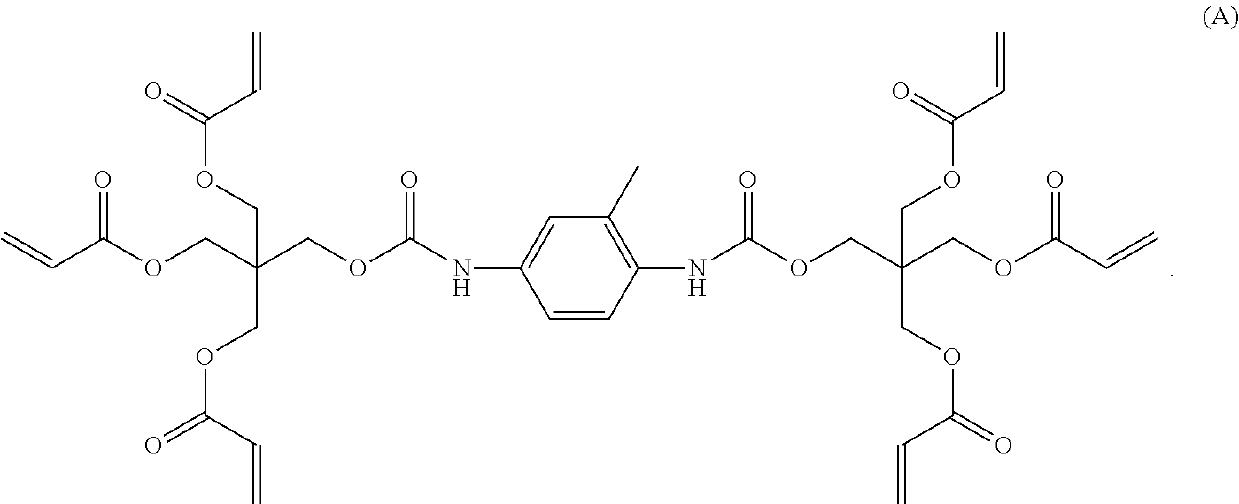Methods for making improved quantum dot resin formulations
a technology of quantum dots and resin formulations, applied in the separation/purification of carboxylic acid esters, oxygen compounds purification/separation, chemical/physical processes, etc., can solve the problems of not improving the performance of a formulation containing qd and polymerizable monomers, qd is very susceptible to photo-oxidation, and the initial or time-zero performance of polymer composites is not improved, so as to achieve the effect of improving the photoluminescent quantum yield
- Summary
- Abstract
- Description
- Claims
- Application Information
AI Technical Summary
Benefits of technology
Problems solved by technology
Method used
Image
Examples
Embodiment Construction
[0059]The following examples illustrate the present invention. Unless otherwise indicated, all units of temperature are room temperature and all units of pressure are standard pressure or 101 kPa.
[0060]The following test methods were used:
[0061]Film thicknesses were determined by measurement of the cured films with a micrometer and then subtracting out the thickness of any barrier film thickness.
[0062]Photoluminescent Quantum Yield (PLQY)
[0063]In handling both liquid and films, photoluminescent Quantum Yield (PLQY), was measured with a Quantaurus-QY Absolute PL quantum yield spectrometer (C11347-01 model) (Hamamatsu Photonics KK, Hamamatsu City, Japan). For each reported example, a total of three (3) measurements were taken from three (3) randomly selected points in each indicated analyte substrate and the indicated PLQY represents an average of the measurements taken.
[0064]Full-width half-max of the emission peak (FWHM) was measured with a Quantaurus-QY Absolute PL quantum yield sp...
PUM
| Property | Measurement | Unit |
|---|---|---|
| pore sizes | aaaaa | aaaaa |
| temperature | aaaaa | aaaaa |
| temperature | aaaaa | aaaaa |
Abstract
Description
Claims
Application Information
 Login to View More
Login to View More - R&D
- Intellectual Property
- Life Sciences
- Materials
- Tech Scout
- Unparalleled Data Quality
- Higher Quality Content
- 60% Fewer Hallucinations
Browse by: Latest US Patents, China's latest patents, Technical Efficacy Thesaurus, Application Domain, Technology Topic, Popular Technical Reports.
© 2025 PatSnap. All rights reserved.Legal|Privacy policy|Modern Slavery Act Transparency Statement|Sitemap|About US| Contact US: help@patsnap.com

